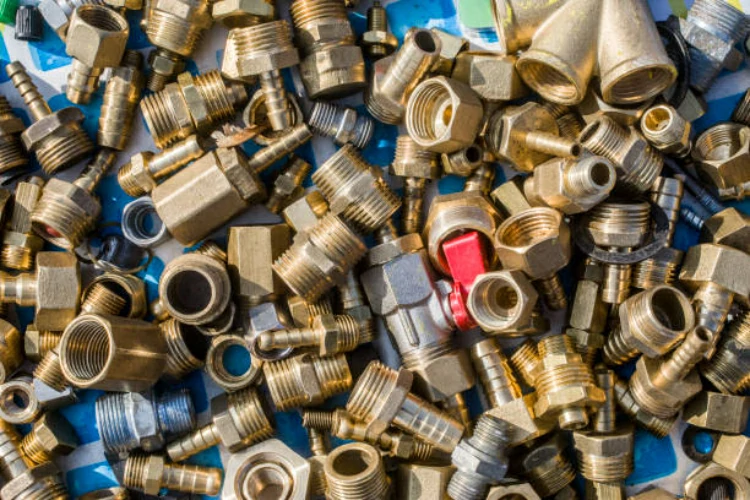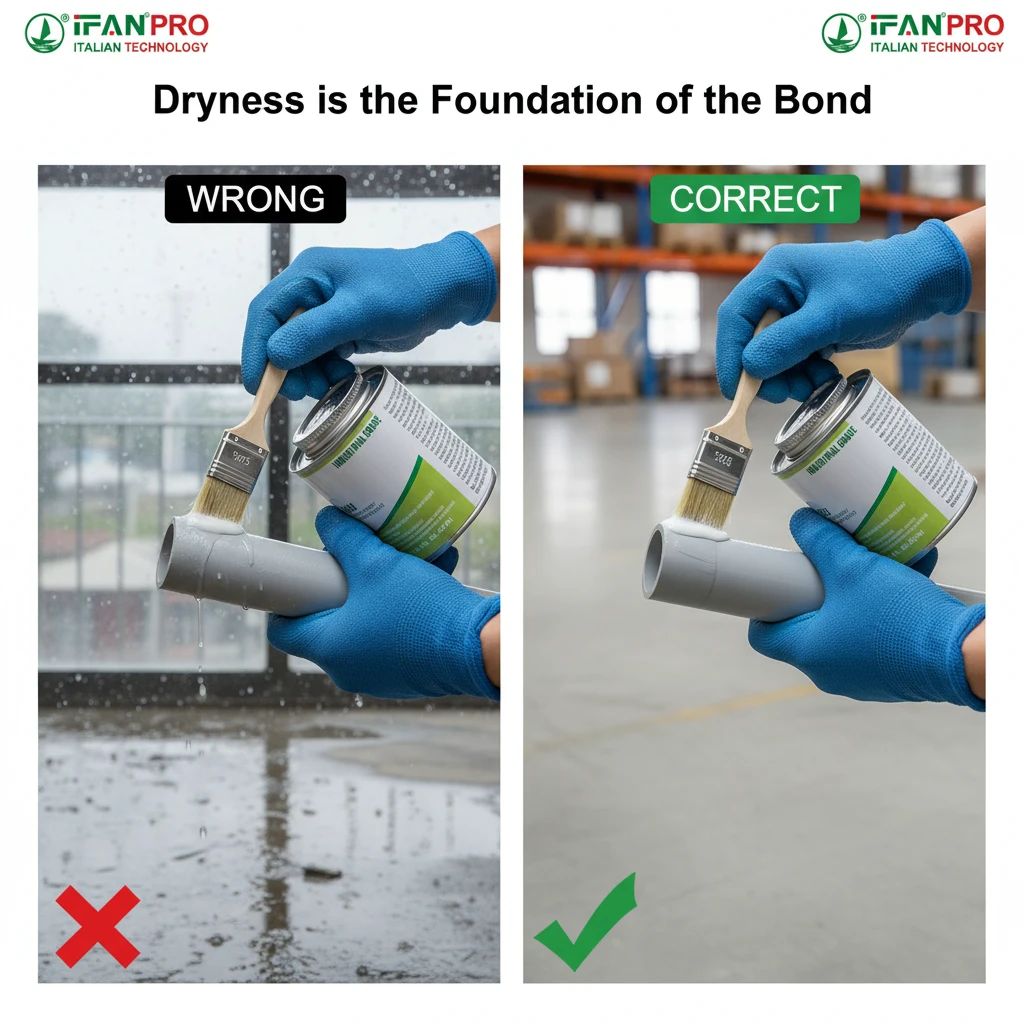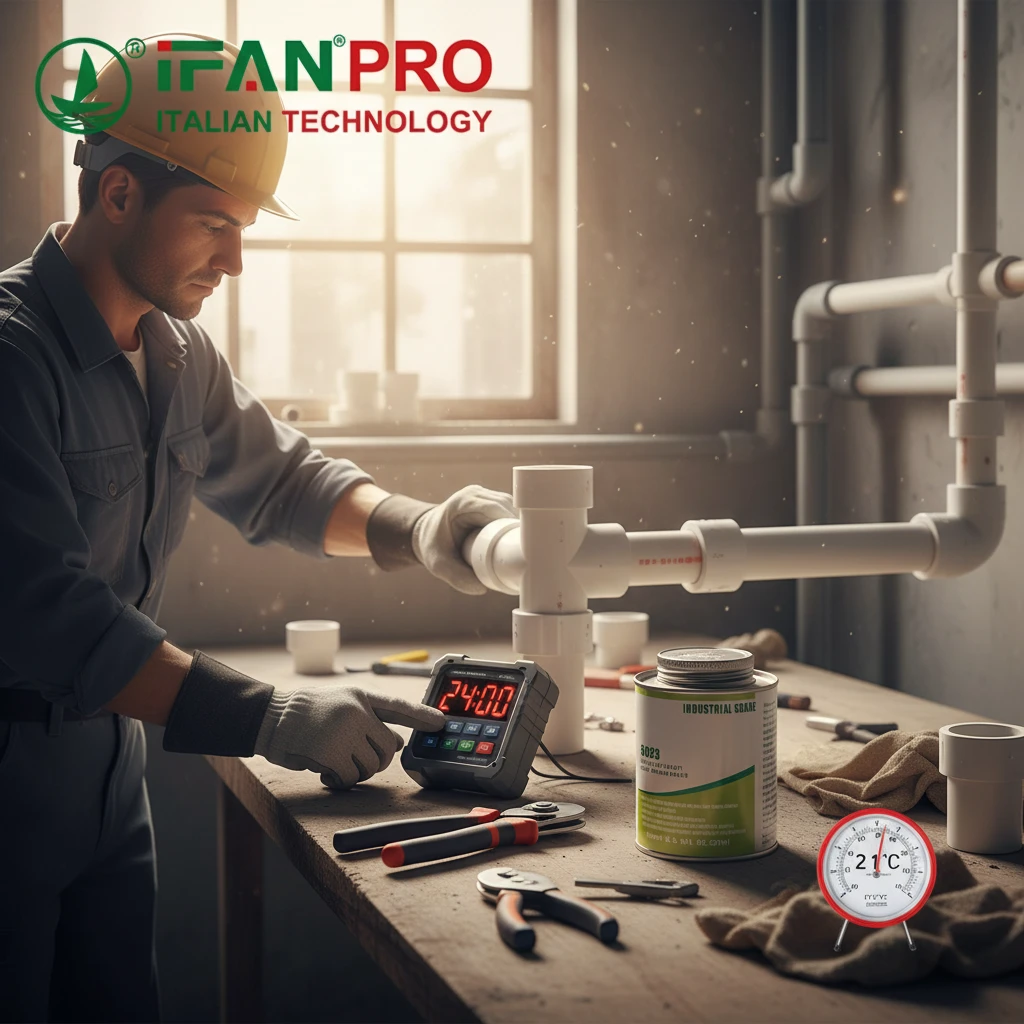Introduction to Brass Ball Valves
Brass ball valves are indispensable components in plumbing systems, offering precise control over the flow of liquids and gases. To ensure their continued performance and longevity, proper maintenance is essential. In this article, we will delve into the maintenance techniques and recommended schedules for brass ball valve to prolong their lifespan and optimize their functionality.
Routine Maintenance Practices
1. Regular Inspection
Perform routine visual inspections of brass ball valves to identify any signs of wear, corrosion, or leakage. Check the valve body, seals, and connections for any abnormalities or damage. Address any issues promptly to prevent further deterioration and maintain optimal performance.
2. Lubrication
Periodically lubricate the valve stem and ball mechanism with a high-quality lubricant to ensure smooth operation and prevent friction-induced wear. Apply the lubricant sparingly and evenly to avoid excess buildup, which can attract dirt and debris and compromise valve functionality.
3. Cleaning
Clean brass ball valves regularly to remove accumulated dirt, debris, and mineral deposits that can impede valve operation and cause leaks. Use a mild detergent or solvent and a soft-bristled brush to gently scrub the valve surfaces and internal components. Rinse thoroughly with clean water and dry completely before reinstalling.
Maintenance Schedule
1. Quarterly Inspections
Conduct thorough inspections of brass ball valves every three months to assess their condition and functionality. Check for leaks, signs of corrosion, and proper valve operation. Address any issues promptly and document maintenance activities for future reference.
2. Biannual Lubrication
Apply lubricant to brass ball valves every six months to ensure smooth operation and prevent premature wear and tear. Remove the valve handle and stem cover, if applicable, and apply a thin layer of lubricant to the stem and ball mechanism. Reassemble the valve components and test for proper functionality.
3. Annual Cleaning
Perform annual cleaning of brass ball valves to remove accumulated debris and maintain optimal performance. Disassemble the valve as necessary and clean each component thoroughly with a mild detergent or solvent. Inspect seals and gaskets for signs of deterioration and replace if necessary. Reassemble the valve and test for leaks and proper operation.
Conclusion
Regular maintenance is essential to ensure the longevity and reliable performance of brass ball valve in plumbing systems. By following the recommended maintenance practices and schedule outlined in this article, you can prolong the lifespan of brass ball valve, minimize the risk of leaks and malfunctions, and maintain the efficiency of your plumbing infrastructure. Remember to consult manufacturer guidelines and industry best practices when performing maintenance tasks on brass ball valves to achieve optimal results and ensure compliance with regulatory standards.
IFAN is a Chinese manufacturer of plastic pipes, fittings and valves with 30 years of experience. If you are interested in IFAN Raccords en cuivre, vannes en cuivre, tuyaux et raccords en plastique, veuillez nous contacter. IFAN offers you a variety of standard pipes to meet your specific needs. Click below to learn more about IFAN’s wide range of affordable and cost-effective valve products and piping system related products.
We will reply your email or fax within 24 hours.
You can call us at any time if there is any question on our production.
For more information,pls visit our webside https://ifanpro.com/
Veuillez envoyer un courrier à l'adresse suivante [email protected]
Whatsapp : + 86 19857948982














Commentaires récents